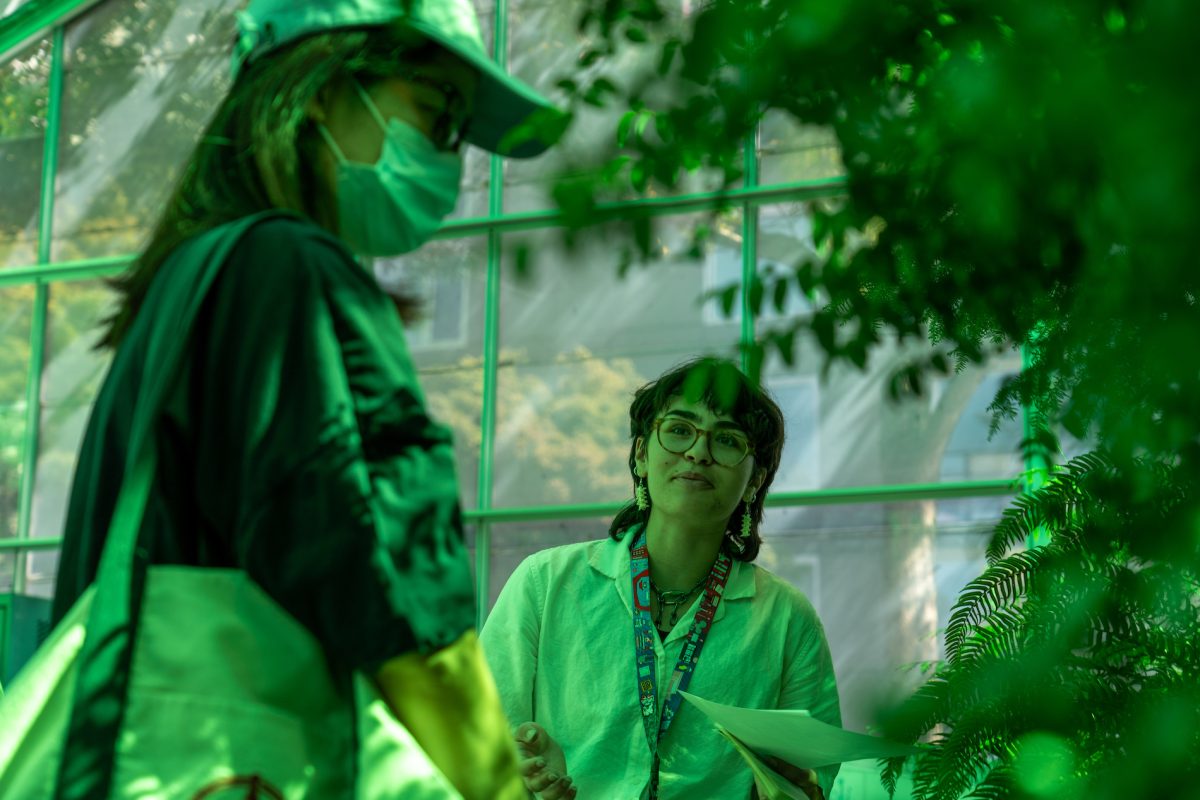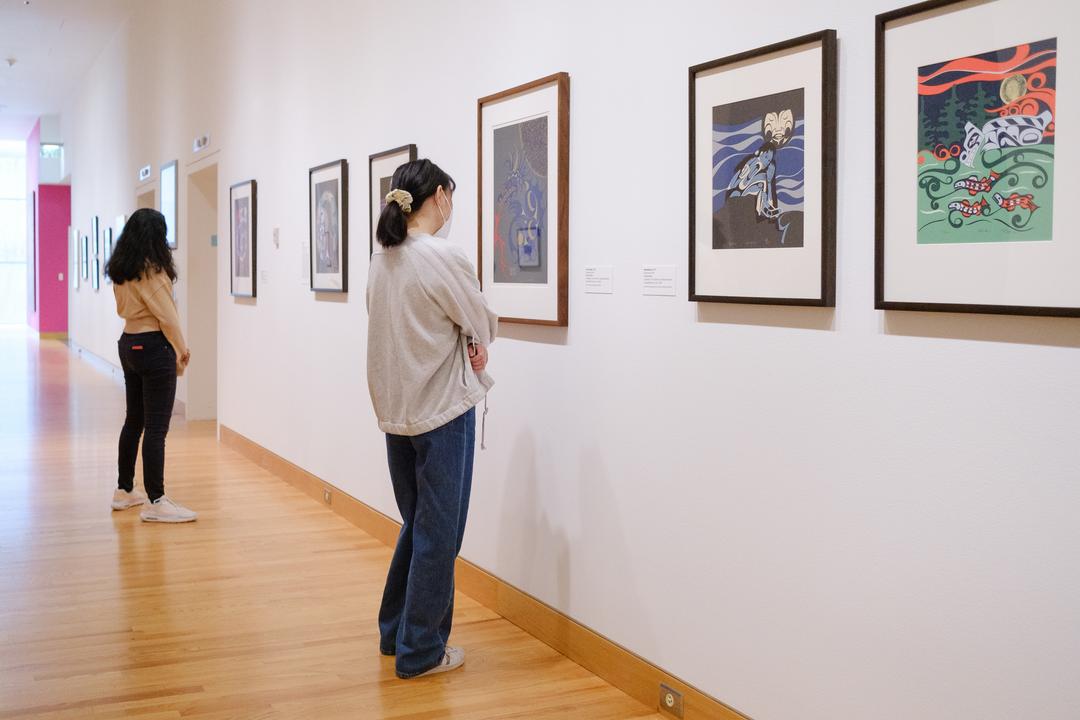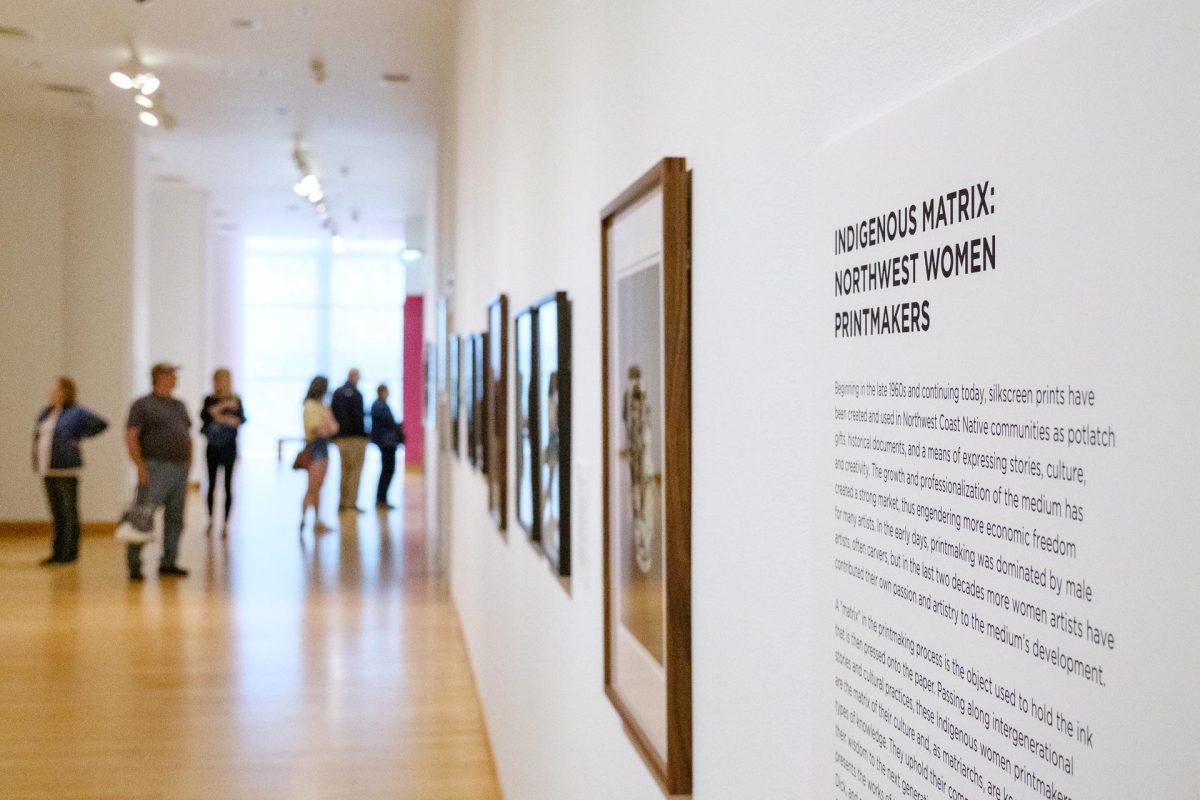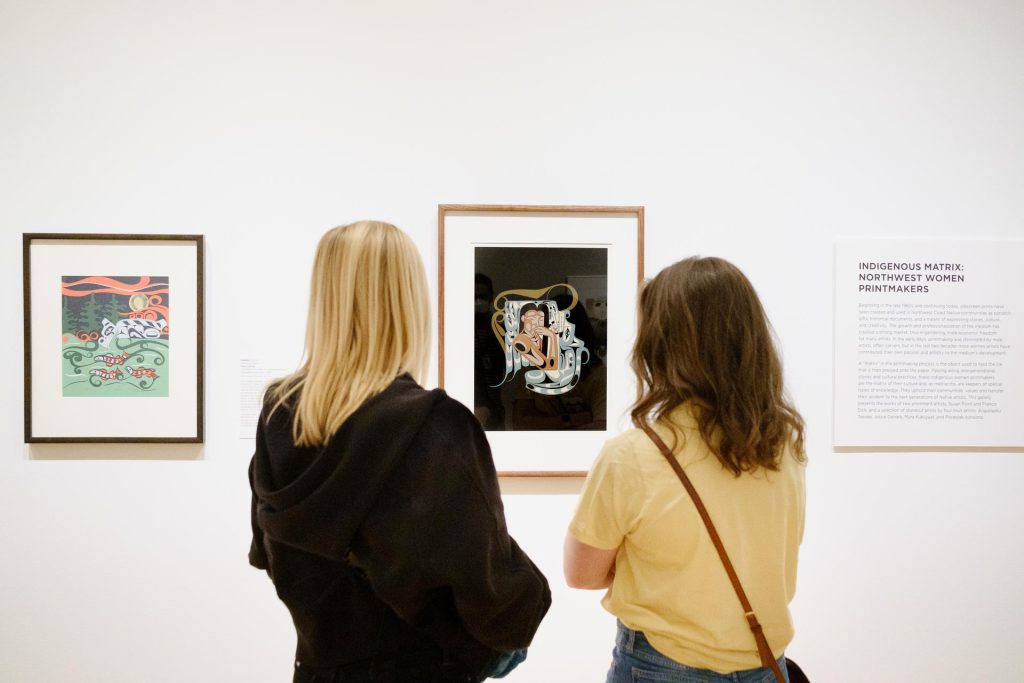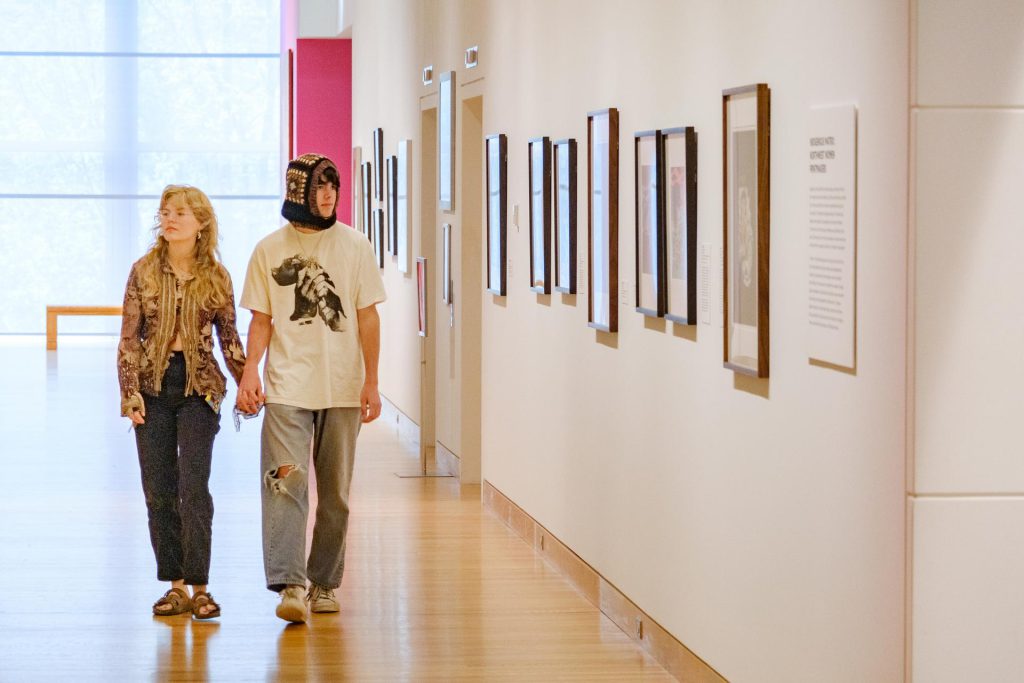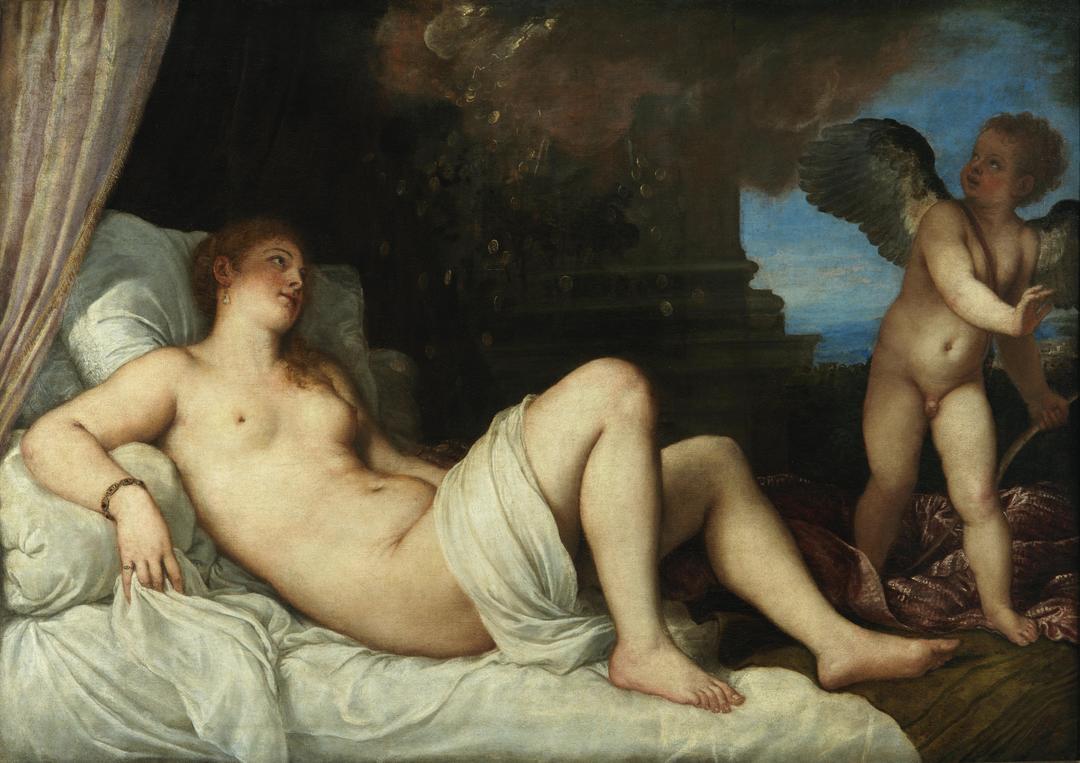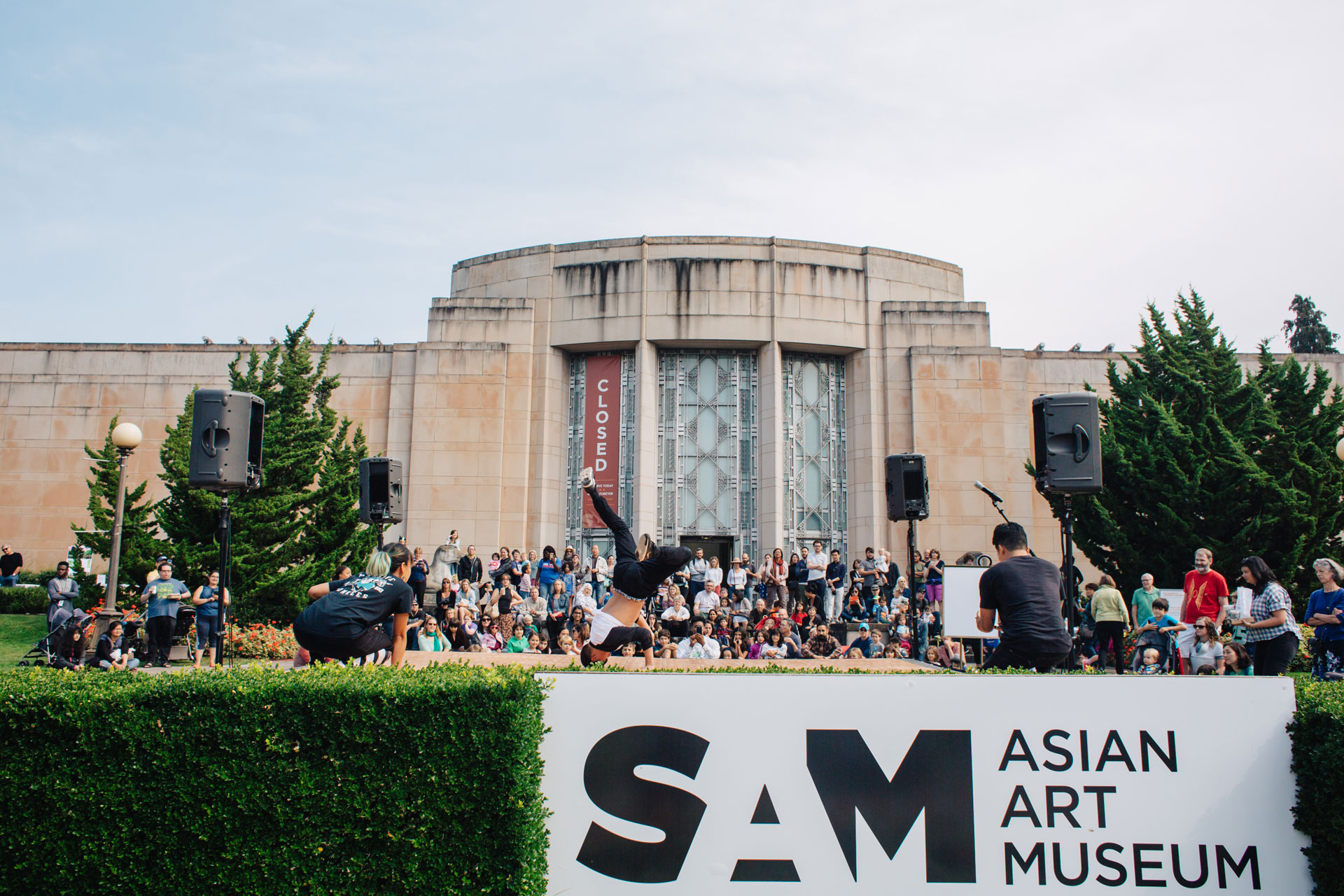Critical Thought in the Museum Industry: Emerging Arts Leader Sorel Nica Reflects
Whose voice is missing from this conversation?
It’s a question I kept coming back to during the six months I spent working in public engagement at SAM. In my mind, museums have shifted from being spaces of neutral cultural authority to being places of critical thought. Walking through any museum galleries, I encourage visitors to ask how Indigenous belongings are acquired or displayed and to consider the positionality of curators and donors when reading wall texts. In a field founded on colonialism and steeped in the erasure of marginalized voices, how can museums shift to reflect the communities in which they exist?
I was lucky enough to spend two quarters as an Emerging Arts Leader at SAM, first in the summer at the Olympic Sculpture Park, then the second in the fall at the Seattle Art Museum. While at SAM, I was also taking a University of Washington class with Katie Bunn-Marcuse, Curator of Northwest Native art and Director of the Bill Holm Center at the Burke Museum, titled “Museums & Indigenous People: History and Decolonization.” I hope everyone working in museums gets to take a class like this one.
In taking this class, I became a little bit of a museum nerd. We learned about art historian Ruth Philips’ multivocal and community-based exhibition models that seek to move toward decolonizing museums. Multivocal models include multiple perspectives in exhibitions, while community-based models let artists and community-members take the reins of art curation. In my time at SAM, I was thrilled to experience both of these models in action through the public engagement projects I worked on. It was one of the first times I saw my personal, academic, and professional interests come together.
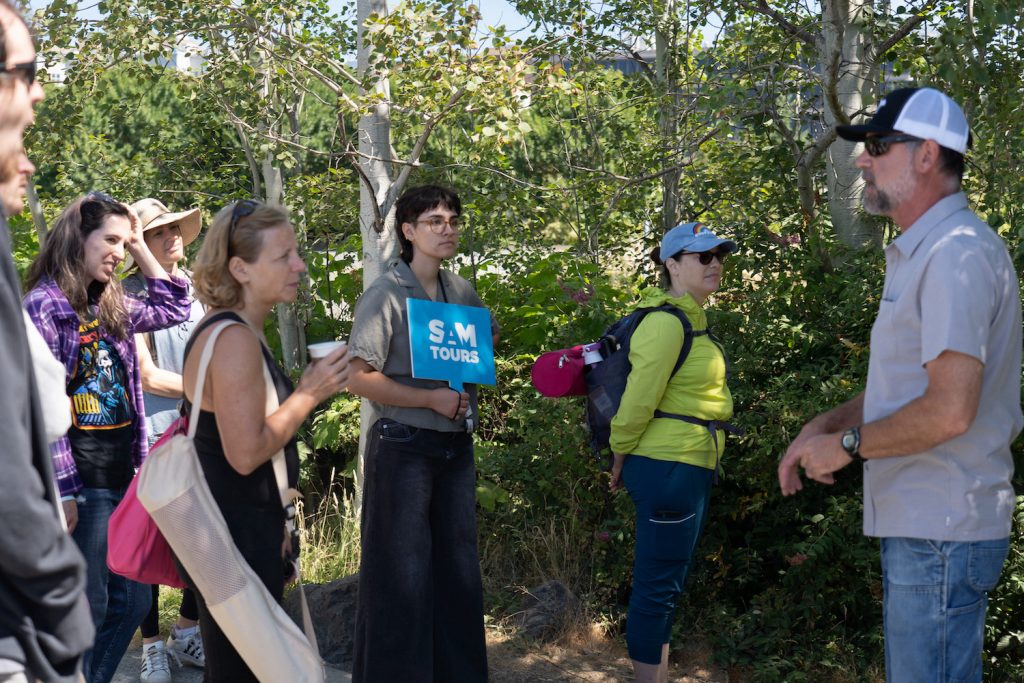
I hit the ground running with Summer at SAM as I worked to create opportunities for audience-artist connection. My supervisor Heaven Quiban, SAM Manager of Public Engagement at the Olympic Sculpture Park, advocated for the community-based model of event curation, partnering with local community-led organizations like Wa Na Wari and Nepantla Cultural Arts Gallery to develop interactive programs facilitated by different cultural groups each week. With the understanding that our partners knew their communities best, we let our partners lead in choosing which teaching artists and performers to collaborate with.
In the fall, I learned more about the multivocal model while working alongside Jesse Jimenez, SAM Manager of Public Engagement at the Seattle Art Museum. I attended events—from house drag shows to art markets to comic book festivals—then vouched for artists for upcoming SAM events and programs. For example, I developed a thorough list of potential partners for this spring’s edition of SAM Remix, including musicians, performers, and artists that reflect the event’s intended audience: young, queer people of color.
One of the aspects I most appreciated about my time at SAM was my coworkers’ willingness to talk about the crucial changes needed in the museum industry. We discussed how SAM could address the non-profit industrial complex and the ethics behind certain marketing and public engagement strategies. In the fall, I noticed a need for an art-making space for queer folks at SAM. I was already familiar with Elva Bennett’s Seattle-based Queer Figure Drawing Series and decided to reach out to them to discuss the potential of developing a similar series at SAM. From there, I presented a pitch to SAM staff, wrote a formal proposal for the series, and created a budget. It feels exciting and fulfilling to take initiative in connecting my community to SAM, through partnering with local grassroots projects.
Prior to this internship, I would not have felt comfortable developing this event series from the ground-up. Now, however, I feel more confident in my background, largely because of my two managers’ incredible mentorship. I genuinely felt like I belonged at SAM because of the exceptionally kind and dedicated people on the Education and Public Engagement team, as well as the wonderfully creative, hardworking folks in Facilities and AV. There are few things as satisfying or heartwarming as seeing months of tough planning come together into a unique moment of experiencing art in community.
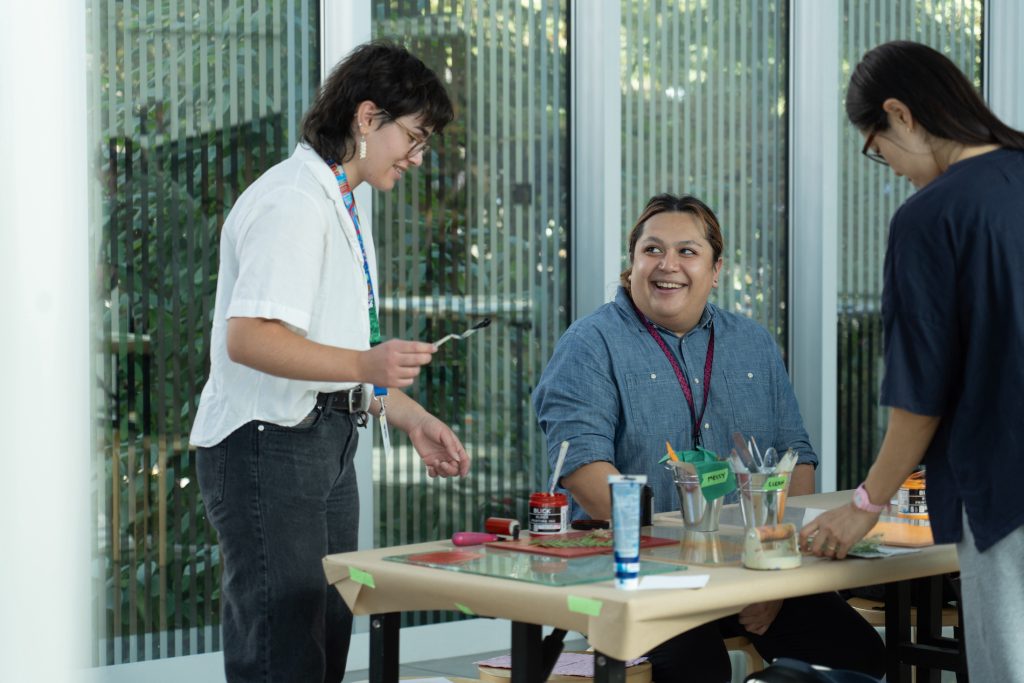
As I look to my future, I intend to use the skills I’ve learned at SAM—including dynamic collaboration, self-advocacy, humble ambitiousness, and the good kind of stubbornness—as a guide. Heaven and Jesse have been the best mentors I could ask for at this stage in my life, both personally and professionally. I’m looking forward to learning more about how public engagement and education can help dismantle systems of oppression that lead to issues like the tokenization of BIPOC and LGBTQ2S voices. I hope to see SAM implement more anti-racist, Indigenizing approaches to its programming and collections, such as more extensive repatriation and by hiring an Indigenous curator. I would also love to see SAM transition to being a museum that offers free or sliding scale tickets ($0 upward). Lastly, I look forward to hanging out with my now former coworkers and continuing to grow together.
At the end of my time at SAM, I am left with a new question: can museums truly be decolonized? Although I don’t know the answer to this question, I know I want to play a role in moving them in that direction.
– Sorel Nica (they/them), SAM Emerging Arts Leader in Public Engagement
Photos: Chloe Collyer.
